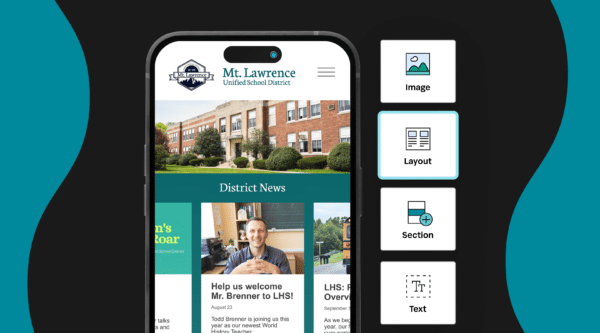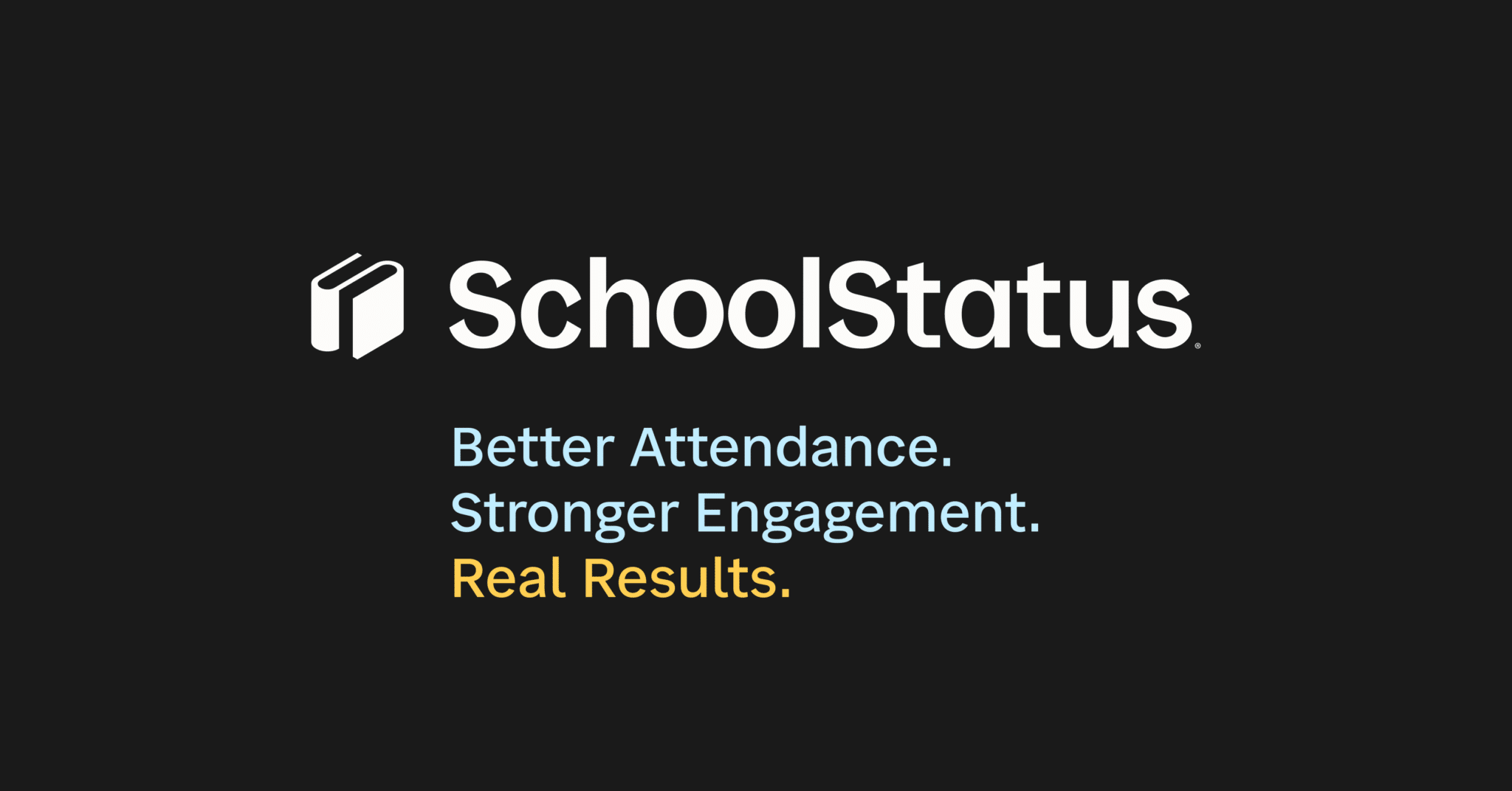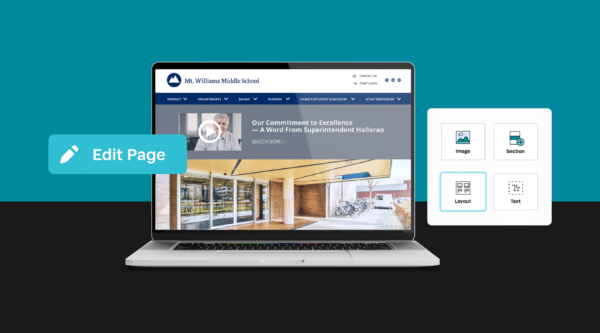

Effective communication in K-12 education has always been essential, but as we approach 2025, the tools and techniques shaping these interactions are evolving faster than ever. Schools must focus on using school communication tools, fostering family engagement, and embracing translation services to ensure inclusivity and efficiency.
Did You Know?
- Schools with strong family engagement programs see a 50% increase in graduation rates.
- 85% of parents prefer receiving updates via mobile platforms.
This guide explores the future of K-12 communication, highlighting trends and actionable solutions to prepare your district for success.
1. Unified School Communication Tools
Why It’s Important: Managing multiple channels like emails, SMS, and apps is time-consuming and inconsistent. Unified tools consolidate communication into a single, efficient platform.
Features to Watch in 2025:
- Centralized Dashboards: Manage all communication channels in one place.
- Engagement Analytics: Track open rates, clicks, and responses in real-time.
- Integration-Friendly Systems: Seamlessly connect with LMS (Learning Management Systems) and SIS (Student Information Systems).
Example: SchoolStatus Connect provides a unified platform for managing parent communication and tracking engagement, empowering districts to make data-driven decisions.
2. Translation Services for Inclusive Communication
Why It’s Important: Over 22% of U.S. students live in homes where English isn’t the primary language. Translation services bridge language barriers, ensuring every family feels included and informed.
Features to Watch in 2025:
- AI-driven translations for real-time messaging.
- Automated multilingual newsletters.
- Live captioning during virtual events and meetings.
Pro Tip: Schools using integrated translation services report higher engagement from diverse families.
3. Family Engagement Powered by Data
Why It’s Important: Strong family engagement directly correlates with student success. Tools that track engagement data enable schools to create personalized outreach strategies.
Benefits of Data-Driven Family Engagement:
- Tailored Messaging: Identify families needing additional communication.
- Real-Time Insights: Measure the success of newsletters and announcements.
- Enhanced Outcomes: Districts using engagement tools report a 35% increase in parent-teacher conference attendance.
Success Story: Schools like Galena Park leverage family engagement analytics for improved student attendance and parent satisfaction.
4. Mobile-First Communication for On-the-Go Families
Why It’s Important: Most parents rely on their smartphones for updates, making mobile-first tools critical.
Features to Watch in 2025:
- Push notifications for attendance and emergency alerts.
- User-friendly apps with two-way communication.
- Mobile dashboards for schedules and real-time updates.
Fact: Mobile-first communication increases parent satisfaction by up to 20% compared to traditional methods.
5. Hybrid and Remote Learning Communication Tools
Why It’s Important: Flexible learning models require robust communication to keep everyone connected.
Features to Watch in 2025:
- Virtual parent-teacher meeting integrations.
- Digital attendance tracking and progress reporting.
- Collaborative tools for teachers and families.
6. ADA-Compliance
Why It’s Important: Accessibility ensures every family can engage with school communications, regardless of ability.
Must-Have Features:
- Screen-reader-compatible websites.
- Closed-captioning for videos and virtual meetings.
- Automated compliance monitoring to reduce administrative burden.
Quick Win: ADA-compliant systems simplify the process, helping districts meet legal and moral obligations.
Actionable Tips for Your District
- Invest in Unified Tools: Consolidate communication systems to save time and ensure consistency.
- Embrace Inclusivity: Use translation services to engage all families, regardless of language.
- Track Engagement: Leverage data to refine communication strategies and boost effectiveness.
- Go Mobile-First: Prioritize smartphone-friendly tools to meet parents where they are.
- Ensure Accessibility: Implement ADA-compliant tools to create equitable communication.
Stay Connected
News, articles, and tips for meeting your district’s goals—delivered to your inbox.





